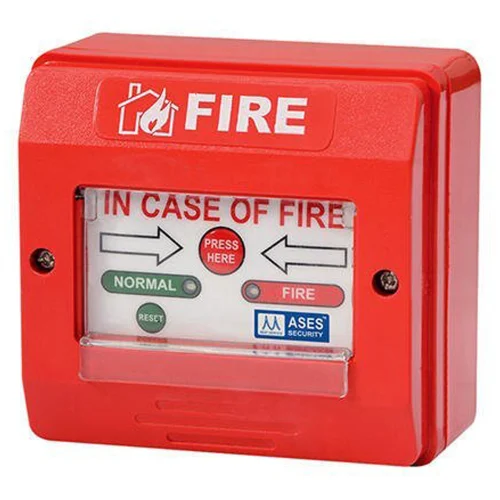Description

-
Use of Microcontroller:
- In an MCP system, a microcontroller processes data received from fire detectors (such as smoke, temperature, or gas sensors).
- The microcontroller detects the fire or emergency condition and automatically triggers actions like activating the alarm, unlocking doors, or turning on emergency lights.
-
Components of an MCP Fire Alarm System:
- Sensors: Smoke, heat, or gas sensors that detect fire or hazardous conditions.
- Microcontroller: The processing unit that analyzes data from the sensors and triggers the alarm system.
- Alarm (Buzzer or Hooter): When a fire is detected, the microcontroller activates the alarm system, producing a loud sound to alert people.
- Display or Communication Interface: Some systems include an LCD or LED display that shows emergency details, such as the affected zone or location.
-
How It Works:
- When smoke or temperature sensors detect a value above a predefined threshold, they send a signal to the microcontroller.
- The microcontroller confirms the fire detection and sends a signal to trigger the alarm.
- In addition to alarms, emergency actions like opening doors, turning on lights, or sending messages may also be activated.
-
Advantages of MCP Fire Alarm Systems:
- Automation: No manual intervention is required as the system automatically detects fire and generates alerts.
- Accuracy: The sensors provide accurate fire detection, minimizing false alarms.
- Efficiency: Microcontroller-based systems respond quickly, helping improve safety and time management during emergencies.
- Customizability: These systems can be customized based on the building size, number of floors, and specific safety requirements.
-





Reviews
There are no reviews yet.